 Facebook
Facebook
 X
X
 Instagram
Instagram
 TikTok
TikTok
 Youtube
Youtube
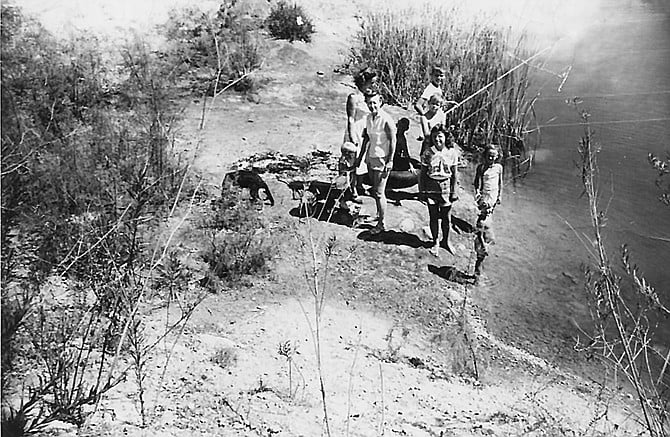
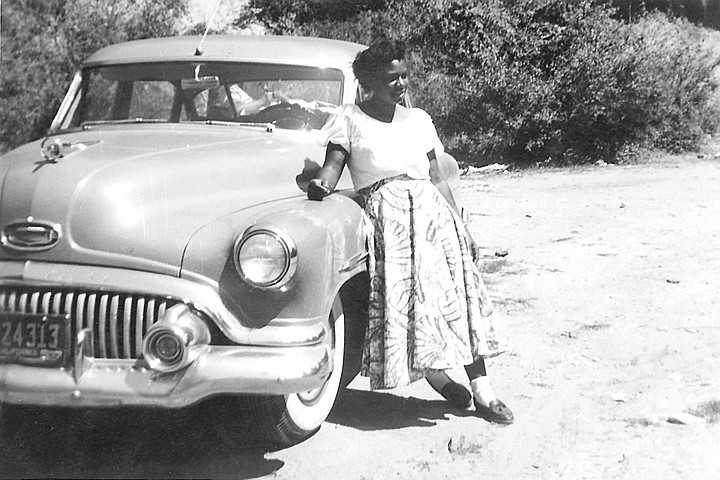
Before 50,000 homes.
In 1954 I sat on the school bus every day next to my best friend, Mark Robson. The ride home from Montgomery Elementary School in Otay was a straight shot east on Main Street. The bus dropped off poor white and Mexican kids until we reached “the Hill,” where Mark and the other black children bounded off and ran up Sycamore Street to ramshackle houses with spacious yards of junked cars, chickens, cows, and pigs fattening in the dirt. Woodlawn Park was called “the Hill” by its residents. It was referred to as “Nigger Hill” by my dad and most other people in Otay.
By Byron Shewman, June 17, 2004 | Read full article
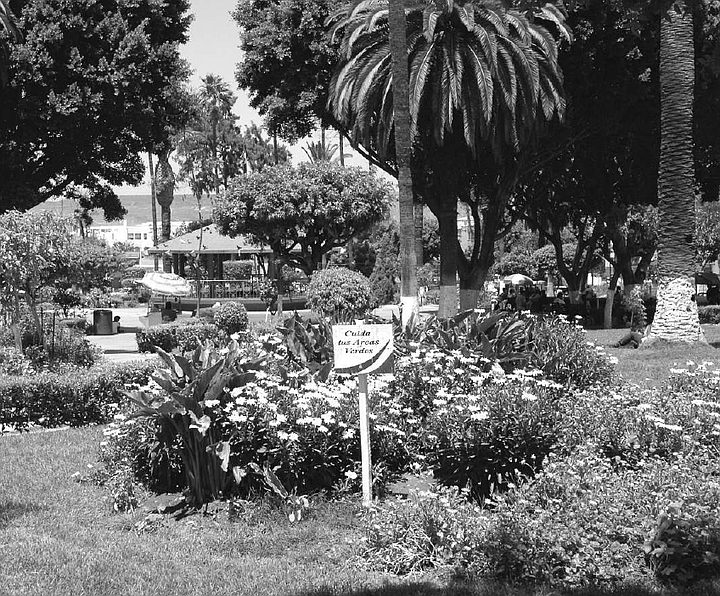
Plants change names.
I didn't recognize where I was. "Things have changed a lot," said Jorge Rodríguez, leading me out of the rain, into his two-story cinder-block house. "I came to Los Arenales looking for new horizons," he said. He offered me a seat on one of two couches tucked into his living room's corner. A bay window at my back filled the room with gray light. Directly across from me, in the dining room, Rodríguez's wife ate a bowl of soup resting on a yellow plastic place mat. Beyond her, in what appeared to be the family room, a computer sat on a large wooden desk. Beyond the family room, through an open door, I glimpsed a patio and garden where rain pattered across blue tiles and dripped from ferns.
By Abe Opincar, June 23, 2005 | Read full article
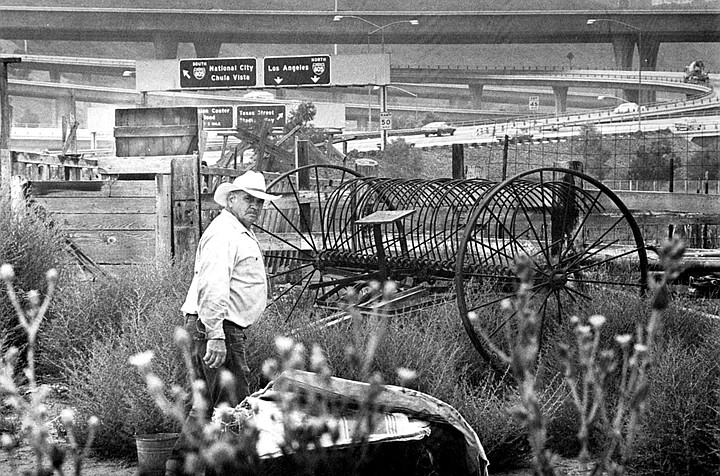
The next 12 months will tell.
Over the past 50 years, Mission Valley, once home to dairy farms and truck gardens, has grown into one of the most developed and congested parts of the city. The commercial direction of the valley began in 1961, when May Company built the Mission Valley Shopping Center in the floodplain of the San Diego River. A few years later, banker C. Arnholt Smith bulldozed his minor-league ballpark just west of U.S. Highway 395 (now SR 163) and teamed up with Ernie Hahn to build Fashion Valley in the floodplain. In 1974, Jim Copley's Union-Tribune opened its headquarters 300 yards from the river, destroying a large swath of wetlands.
By Matt Potter, Oct. 6, 2005 | Read full article
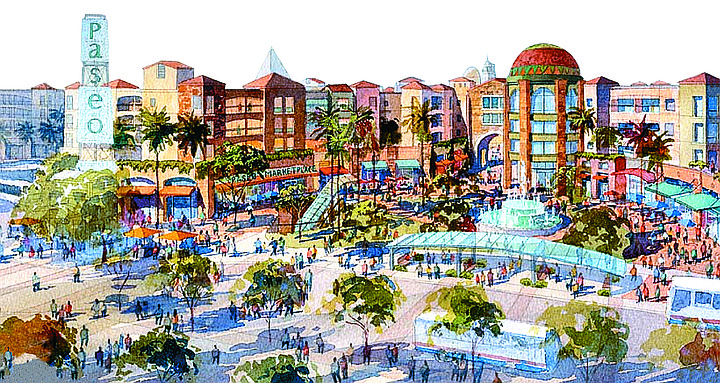
SDSU’s Paseo project is in a tangle.
It was touted as an urban village, akin to a combination of Horton Plaza and Point Loma's Liberty Station, at the doorstep of San Diego State University. One hundred fifty-three thousand square feet of retail, including an Urban Outfitters and a 7-Eleven; a 14-theater multiplex cinema; housing for 1300 students; and 110,000 square feet of university offices, all designed, built, and financed by the San Diego State University Foundation — a nonprofit university auxiliary — at no cost to taxpayers. Estimated price tag: $350 million.
By Matt Potter, Aug. 10, 2006 | Read full article
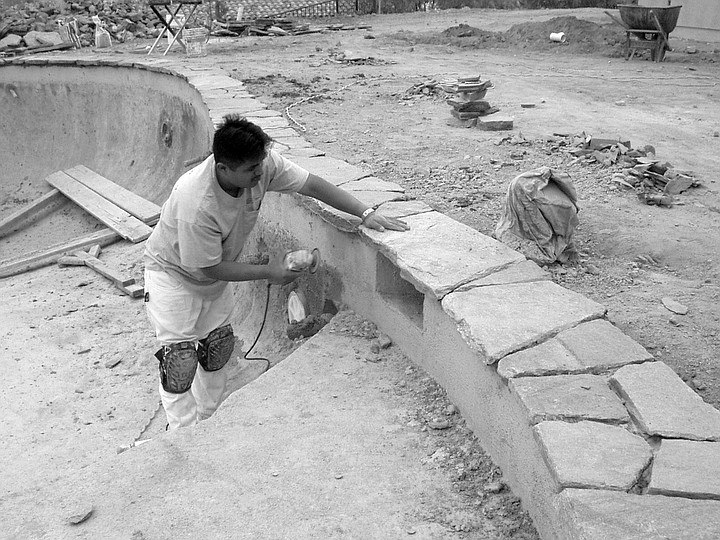
Wealth has nothing to do with luck.
Ralph Genovese doesn't use the word "mansion" to describe the three dwellings he will construct on a mountaintop in Rancho Santa Fe. He prefers "estate." He's building one of the homes for himself, and he hopes to sell the other two for close to $4 million apiece.
The first to take shape will have 7400 square feet of interior space that will open to ocean views sweeping from Mexico to Catalina Island.
By Jeannette DeWyze, July 22, 2004 | Read full article

Economics and ego build the skyline.
According to Emporis Buildings, the largest building database in the world, 118 high-rises currently loom over America's Finest City, 17 more are under construction, 15 others have been approved to begin construction soon, and 29 beyond that have been officially "proposed," which means that they're as good as built.
Think about that. By 2010, our downtown will have undergone a space odyssey indeed. One hundred eighteen high-rises will become at least 179 of them, and likely more. Nine of these new additions will be among the top 20 tallest in town. In just a few years, we stand to enjoy (or lament) a dramatically different skyline.
By Geoff Bouvier, Aug. 24, 2006 | Read full article



Before 50,000 homes.
In 1954 I sat on the school bus every day next to my best friend, Mark Robson. The ride home from Montgomery Elementary School in Otay was a straight shot east on Main Street. The bus dropped off poor white and Mexican kids until we reached “the Hill,” where Mark and the other black children bounded off and ran up Sycamore Street to ramshackle houses with spacious yards of junked cars, chickens, cows, and pigs fattening in the dirt. Woodlawn Park was called “the Hill” by its residents. It was referred to as “Nigger Hill” by my dad and most other people in Otay.
By Byron Shewman, June 17, 2004 | Read full article

Plants change names.
I didn't recognize where I was. "Things have changed a lot," said Jorge Rodríguez, leading me out of the rain, into his two-story cinder-block house. "I came to Los Arenales looking for new horizons," he said. He offered me a seat on one of two couches tucked into his living room's corner. A bay window at my back filled the room with gray light. Directly across from me, in the dining room, Rodríguez's wife ate a bowl of soup resting on a yellow plastic place mat. Beyond her, in what appeared to be the family room, a computer sat on a large wooden desk. Beyond the family room, through an open door, I glimpsed a patio and garden where rain pattered across blue tiles and dripped from ferns.
By Abe Opincar, June 23, 2005 | Read full article

The next 12 months will tell.
Over the past 50 years, Mission Valley, once home to dairy farms and truck gardens, has grown into one of the most developed and congested parts of the city. The commercial direction of the valley began in 1961, when May Company built the Mission Valley Shopping Center in the floodplain of the San Diego River. A few years later, banker C. Arnholt Smith bulldozed his minor-league ballpark just west of U.S. Highway 395 (now SR 163) and teamed up with Ernie Hahn to build Fashion Valley in the floodplain. In 1974, Jim Copley's Union-Tribune opened its headquarters 300 yards from the river, destroying a large swath of wetlands.
By Matt Potter, Oct. 6, 2005 | Read full article

SDSU’s Paseo project is in a tangle.
It was touted as an urban village, akin to a combination of Horton Plaza and Point Loma's Liberty Station, at the doorstep of San Diego State University. One hundred fifty-three thousand square feet of retail, including an Urban Outfitters and a 7-Eleven; a 14-theater multiplex cinema; housing for 1300 students; and 110,000 square feet of university offices, all designed, built, and financed by the San Diego State University Foundation — a nonprofit university auxiliary — at no cost to taxpayers. Estimated price tag: $350 million.
By Matt Potter, Aug. 10, 2006 | Read full article

Wealth has nothing to do with luck.
Ralph Genovese doesn't use the word "mansion" to describe the three dwellings he will construct on a mountaintop in Rancho Santa Fe. He prefers "estate." He's building one of the homes for himself, and he hopes to sell the other two for close to $4 million apiece.
The first to take shape will have 7400 square feet of interior space that will open to ocean views sweeping from Mexico to Catalina Island.
By Jeannette DeWyze, July 22, 2004 | Read full article

Economics and ego build the skyline.
According to Emporis Buildings, the largest building database in the world, 118 high-rises currently loom over America's Finest City, 17 more are under construction, 15 others have been approved to begin construction soon, and 29 beyond that have been officially "proposed," which means that they're as good as built.
Think about that. By 2010, our downtown will have undergone a space odyssey indeed. One hundred eighteen high-rises will become at least 179 of them, and likely more. Nine of these new additions will be among the top 20 tallest in town. In just a few years, we stand to enjoy (or lament) a dramatically different skyline.
By Geoff Bouvier, Aug. 24, 2006 | Read full article